The special thing is that the drum has a very Central Highlands name - Dak Glao. This is the name of a stream in Dak Ui commune (Dak Ha district, Kon Tum ), where the drum was discovered.
According to the artifacts of Kon Tum Provincial Museum, the Dak Glao drum is 24 cm high, with a face diameter of 34 cm. The face of the drum protrudes from the body. In the middle of the drum face is a 10-pointed star. Between the wings is a nested V shape. From the center out are 9 circles of quite special decorative patterns. On the drum face are 4 statues of a sitting toad, its head facing the opposite direction of the clock hand. The toad has a hollow body, a pointed head, a raised neck and is decorated with short lines on the body. Below the face, the drum body is evenly bulging and narrows towards the body. The back of the drum is narrowed, elongated and cylindrical. The drum body has 2 pairs of straps (one is missing). The drum legs are high and slightly spread out.
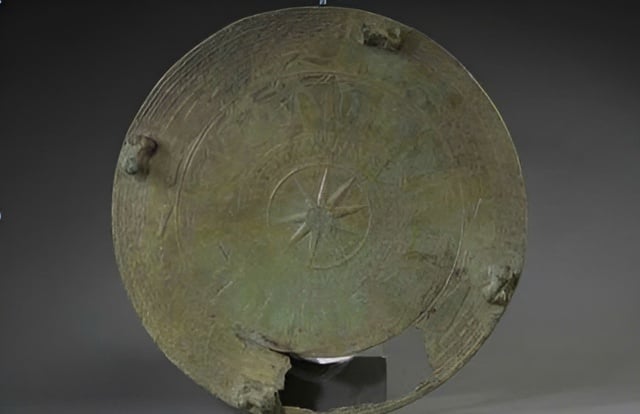
Dak Glao drum face - currently kept and preserved at the Vietnam National Museum of History
PHOTO: PHAM BINH VUONG
According to researchers, the Dak Glao bronze drum is classified as a late Dong Son drum, dating back about 2,000 - 2,500 years.
Also according to the Kon Tum Provincial Museum, more than 100 years ago, in November 1921, the bronze drum was discovered by Mr. Jérusalémy, the Kon Tum Provincial Consul, at the bottom of the Dak Glao stream, a branch of the Dak Ui stream. At the time of discovery, the bronze drum had only two pieces left: one piece with the face attached to a part of the body, and one piece consisting of the back and legs. The two pieces can be joined together.
In 1922, the drum was reported by a French scholar, V. Goloubew, in the journal of the French School of the Far East. In 1987, the Dak Glao bronze drum was introduced by researchers of the Vietnam Institute of Archaeology in the book Dong Son Drums published by the Social Sciences Publishing House. This drum has also been kept and preserved at the Vietnam National Museum of History (Hanoi).
According to Mr. Tran Van Lam, Deputy Head of the Department of Culture and Family Management, Department of Culture, Sports and Tourism of Kon Tum province, Dong Son bronze drums (7th century BC - 2nd century AD) are cultural symbols of the ancient Vietnamese people, who developed strongly in the Northern Delta and North Central regions. The discovery of bronze drums in Kon Tum shows that this area has a close connection with Dong Son culture, through trading activities, cultural exchanges or migration of ancient ethnic groups.
Source: https://thanhnien.vn/lai-lich-chiec-trong-dong-dong-son-duoc-phat-hien-tai-kon-tum-185250406222851823.htm





























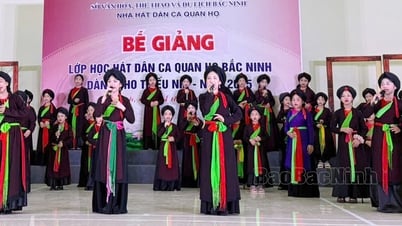







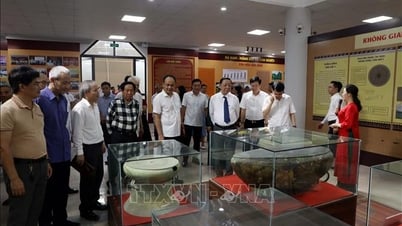










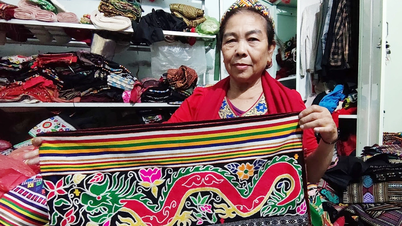















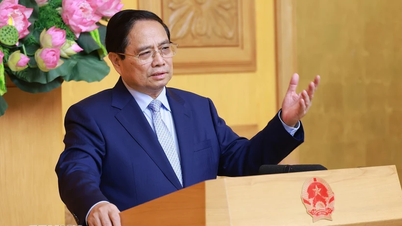













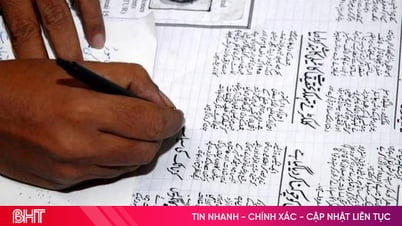





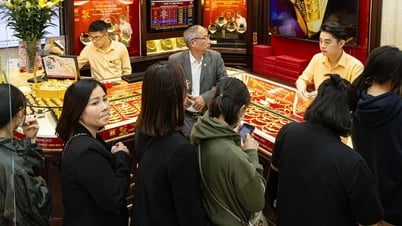













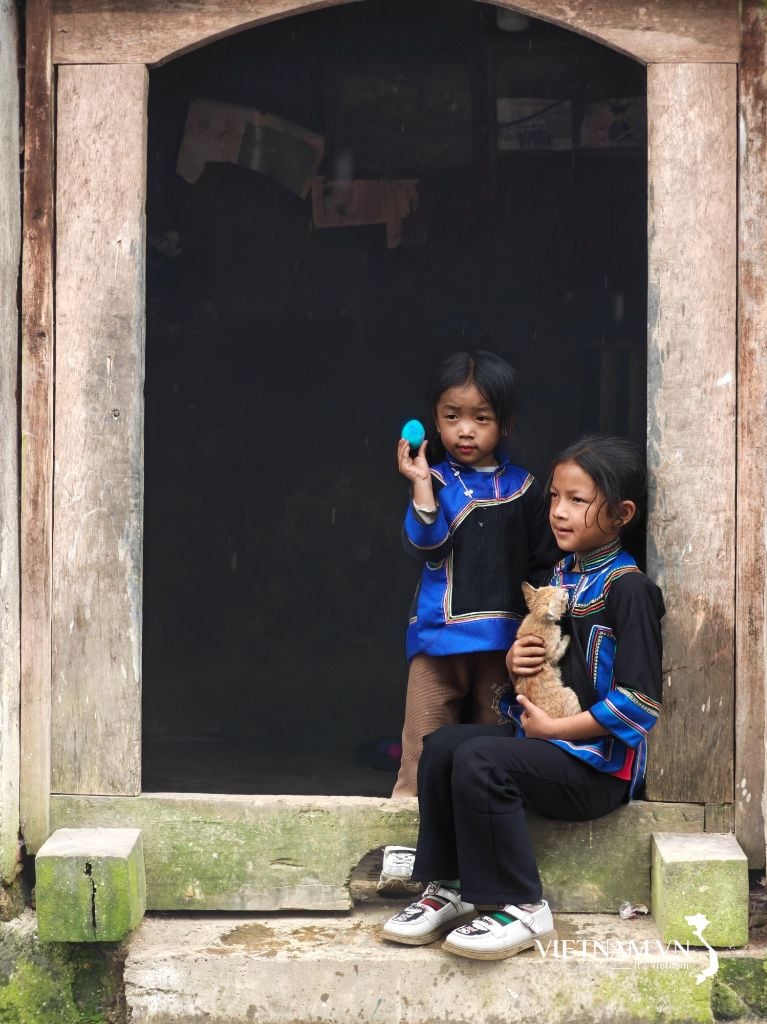



Comment (0)